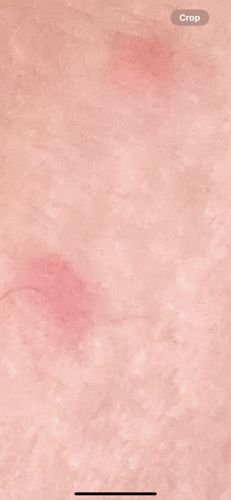Mosquito
Scientific Name: Various species within the Culicidae family (e.g., Anopheles, Aedes, Culex)
Order & Family: Order: Diptera, Family: Culicidae
Size: Typically 3 to 6 mm (0.12 to 0.24 inches) in length, but can vary by species.

Natural Habitat
Mosquitoes are found virtually everywhere in the world except Antarctica and some remote islands. They require standing water for their larval and pupal stages, so they are common near ponds, swamps, marshes, ditches, and any containers that hold water.
Diet & Feeding
Female mosquitoes feed on blood to obtain protein for egg production. Both male and female mosquitoes feed on nectar and plant juices for energy.
Behavior Patterns
Mosquitoes are most active during dawn and dusk (crepuscular) but some species are active during the day. Females bite to obtain blood meals necessary for egg development. They lay eggs in still water. Males feed on nectar. Their flight ranges vary by species but can be up to several miles. They are attracted to carbon dioxide, body heat, and certain chemicals.
Risks & Benefits
Potential risks: Mosquitoes are vectors for numerous diseases including malaria, dengue fever, Zika virus, West Nile virus, chikungunya, and various forms of encephalitis. Their bites can also cause itchy welts and allergic reactions. Benefits: Mosquitoes play a role in the food chain, serving as food for various animals like birds, bats, fish, and dragonflies. Adult males and females (to a lesser extent) act as pollinators for some plants when feeding on nectar.
Identified on: 9/4/2025